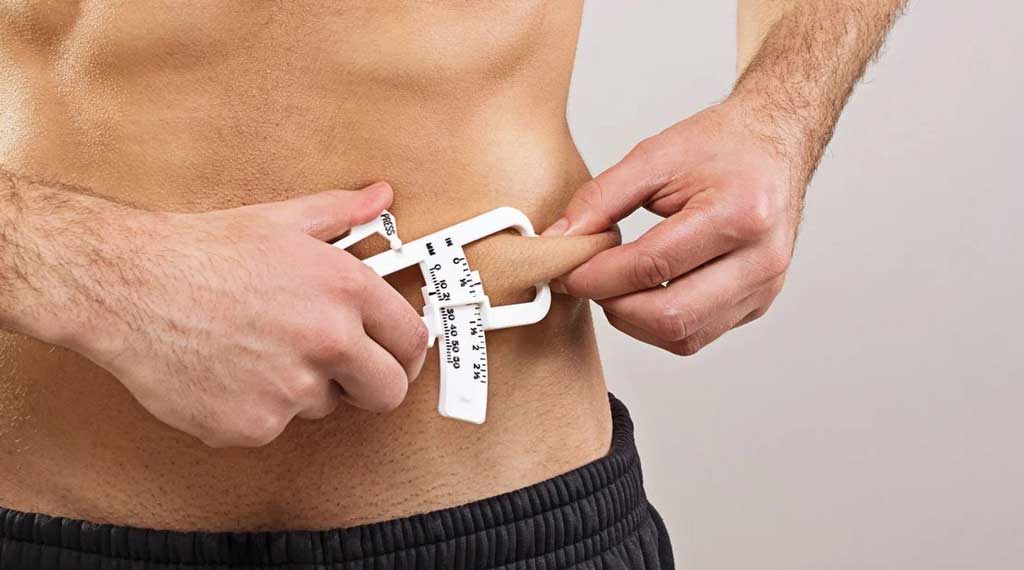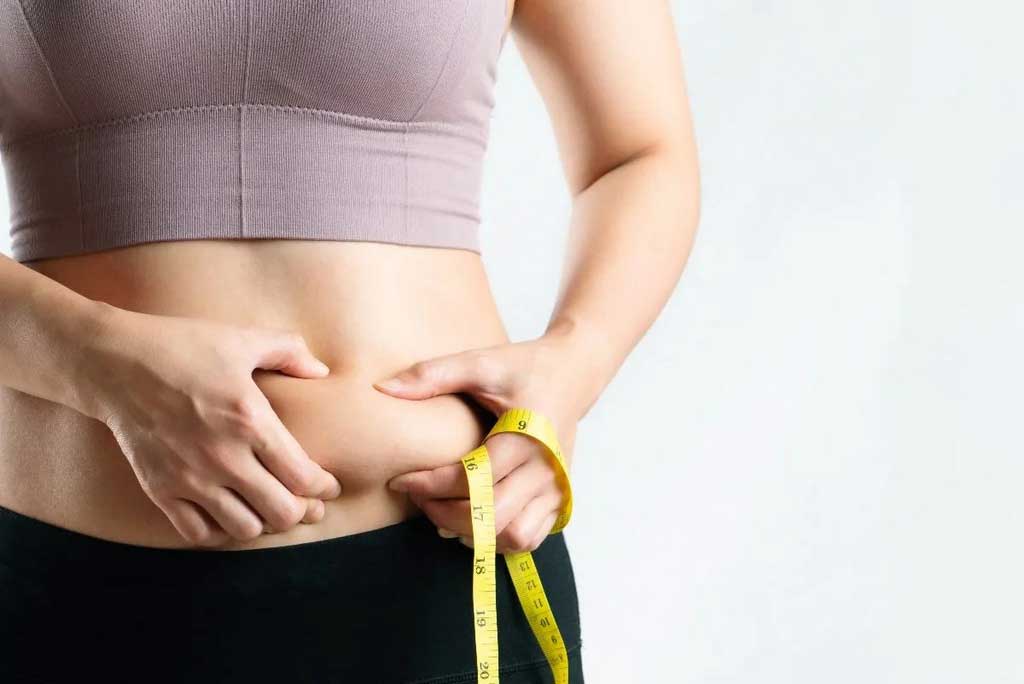Being healthy come from many aspects, including the mind and body. More often the body condition is used as the best indicator of overall health and wellbeing. But it is not only about what you can see, a healthy body should also include what comes inside. In other words, the data of other measures such as body fat percentage can show your fitness.
This is where people start to talk about body compositions, which refer to the health or medical measurement by doctors and health professionals. From the compositions, one can measure fat, bone, and muscle percentage. This is where people start to learn about BMI and the ideal fat percentage in the body. So, what is it means and what should you do? Read further for details.
Why Learn About Body Composition?
Considering how many people start to pay attention to body health and fitness, many will start to consider body composition. As a universal term used in the fitness and health industry, the idea of body composition is mostly considered a measure to find out the level of health. It is because every person and individual has different body composition.
In other words, two people with similar height and weight do not necessarily have similar or the same body composition. They might have less muscle, more fat, or the other way around. Just simply taking the idea similar will not be enough, and following similar looks without proper composition could lead to different health issues.
It indicates that measuring with a scale only won’t do much to judge whether the person is healthy enough or not. The scale won’t tell the fat and muscle mass in their body. This is why body composition is available and done by professionals to find out the details. The doctor or professional will measure many elements, including fat, muscle, and bone.
In general, healthier body composition should show less fat and more muscle mass. On the other hand, having too much fat in the body can be an indication of worst health. When not fully maintained, having too much fat can lead to varying health diseases such as diabetes, cancer, heart disease, and many more.
Different Body Mass Index
Talking about composition comes with BMI or body mass index. It is a measurement used by doctors to calculate weight status. But it is best to underline that body mass index does not tell or measure the fat. It mainly provides details on the ratio of weight and height, which is not accurate to tell whether one is healthy or not.
Doctors tend to use BMI to find out whether one is at a normal weight, under, over, or obsess, thus it is considered the global index for nutrition, since. In many cases, some measurements are also associated with the fat percentage. But the number is not as accurate as the body composition.
BMI itself is made out of a simple calculation of a person’s height and weight. The formula goes by Kg/m2. Simply said it gives a logical ratio or comparison of people’s height and weight. Generally, when the result is higher than 25 it means overweight. 30 is considered obese. And the healthy range is around 18.5 to 24.9 (based on diabetes.ca).
Learning About Fat In The Body
How about body fat? Fat percentage is one of the measurements you can find through professional body composition measurements. It goes with the fact that the human body is made up of water, minerals, protein, and fat. The number of fat in the body can indicate whether one is in a good shape or not. However, there are two types of fat in the body.
Non-fat mass or essential fat is the kind that is located in the liver, muscles, bones, kidneys, and intestines. Due to its location and its function to make the body run normally, the number tends to stay the same. However, fat mass is the one you should consider in diet and healthy body capacity.
Fat mass is the stored fat that is located in the adipose tissues. It has the essential function to provide energy for the body. At the same time, it also cushions and insulate the body better. It is something that wraps the body’s organs and is also located under the skin. That said, the stored fat should be maintained since an excessive percentage can lead to chronic health problems.
Since body composition is different from one to another, checking the percentage help people understand their body better. Depending on the activities, such as exercising less or more, the shift of the muscle mass and the fat percentage can happen. Sometimes, the body weight is the same but the internal body composition shows a huge change.
Ideal Adipose Tissue Or Fat In Body
What is the ideal percentage of your fat in the body? Many asked the question to find out and ensure they are in the right place and have a healthy body. In general, the percentage of fat makeup in the weight will not be the same from one person to another. Again, it goes with many factors including age, lifestyle, fitness level, or gender.
Based on the American Council on Exercise (ACE), body fat percentage categories are split into five. There are essential fat, athletes, fitness, acceptable, and obese. The categories also differ based on gender, with Men considerably lower than women. It is because the reproduction role takes plays in increasing women’s percentage.
For the essential fat percentage, women should be around 10% to 13% and men is around 2% to 5%. For women athletes, the percentage is higher starting from 14% to 20%. On the other hand, men athletes will have around 6% to 13% fat in their bodies. Compared to people who are physically fit, athletes tend to have lower fat percentages to improve their performance.
That explains why physically fit women will have around 21% to 24% of fat in their bodies. And for physically fit men, the number is around 14% to 17%. The acceptable number for people to have their fat percentage is starting around 25% to 31% (women) and around 15% to 24% (men). That will be the bare standard before going to the obese or over.
Women with a fat percentage of over 32% are considered obese. Meanwhile, men with over 25% will also be put into the category of obese. Generally, people can see that obese people will have a risk of chronic illness. But it also goes with people that have a too low-fat percentage. Athletes will suffer performance decline and immune function issues.
The ideal fat percentage can also depend on age. Based on the guidelines from Beth Israel Lahey health Winchester hospital, the percentage tends to increase as people age. The good percentage for women aged 20-39 should be around 21-32%, 40-59 years old is around 23-33%, and the elderly 60-79% is around 24-35%.
The ideal body fat for men based on their age is also considered lower compared to women. In this case, the percentage for men aged around 20-39 is approximately around 8-19%. Adult aged 40-59 is considered healthy with an 11-21% fat percentage. And elderly men around 60-79 years old should be healthy with 13-24% fat in their body.
How To Calculate The Body Fat?
Since the best way to measure fat is through body composition, thus it is best to consider finding out the fat percentage with its method. However, the measurement should be done by health professionals since it includes experts’ approaches. Depending on the needs, professionals can use skin calipers to x-ray. Here are more details.
1. Skinfold Or Skin Caliper
One of the most common methods done by professionals is the skinfold or the skin caliper. As the name says, it is a procedure done by measuring the skinfold thickness located in the areas where stored fat is commonly found. It can be any area, such as in the abdomen around the belly button, mid-chest, the back of the upper arm, upper thigh, and others.

The procedure done by the tester pinches the skin and pulls the fold from the underlying muscles. A skin clipper was later used to measure the thickness in millimeters. For manual fat measurement, this method can be very accurate and quick. However, it also poses a risk of human error that cause fluctuation.
2. Underwater Or Hydrostatic Weighing
Despite requiring special equipment, hydrostatic weighing can provide a very accurate measurement. The technique involves full submersion in a water tank. When under the water, the fat in the body will flat and the muscle will sink. Generally, it used the water displacement to measure the percentage. But again, due to specific equipment, it is not widely available.
3. Body Pod
Body pod or body pod has a similar process as hydrostatic weighing. However, it uses air displacement to measure body composition. It provides an accurate result with a very quick process and detailed printouts, including calories. However, it is also known to have cons due to its tendency to overestimate the fat or be affected by facial hair and clothing.
As the name explains, the body pod is the name of the equipment itself. During the test, people will sit in an egg-shaped chamber. It later uses body weight and volume to determine the real body composition. Generally, the body pod works as a machine to measure how much air the body displaces.
4. DEXA Scan Or Dual X-Ray Absorptiometry Scan
DEXA scan is a professional and trained medical method proven to be the most accurate option. The measurement uses a low-level x-ray that helps measure all details, including muscle, bone, and body fat. In general, this is the most reliable option since it can provide detailed regional body composition and bone mineral density.
But it also has disadvantages since not all people can get the measurement. It is a highly selective procedure that limits people with certain clinical diagnoses. The session itself is known as an expensive procedure, which can reach more than $160. Most of the time the result also heavily relies on interpretation, which is why the experts take a huge role in the process.
5. Bioelectrical Impedance
Probably the easiest, quick, and painless option to measure body composition is the bioelectrical impedance (BIA). BIA relies on a tool that measures the body’s resistance to a low-level electric current. The principle behind it is that muscle has a lower resistance to the impedance, which helps measure the speed at which the electric current travels.
However, the accuracy is a bit questionable place. Many factors can affect its accuracy and results, such as hydration. At the same time, not all people can use it or one procedure might come with different results. However, it is the more affordable option and is also available in scale with BIA technology for home uses.
Factor to Consider
What if your body shows an unexpected or unsatisfying result after the measurement method? Even though body composition can provide valuable information, many factors might affect the results. Some are considered uncountable factors due to the natural cause of the human body.
Age is the first thing that comes to mind. As people get older, they lose muscle which affects their body composition. Hormones can also develop and influence body composition, including male testosterone which could increase muscle mass. It also indicates that gender will also provide genetics and hormones effects, affecting more fat percentage for women.
The next factor is the genes. Some people tend to inherit a body type that might have more fat which is hard to lose, thus affecting the composition. And the last is the person or the professional who measures the body fat. Doing the test with different professionals may offer varying results due to different techniques or amounts of collected data. Fat in the body is one of the measurement elements that explains one’s health and fitness. Men and women have different ideal percentages, which also depend on their activities and needs. For general health, paying attention to the fat percentage is an appropriate measure. But it also needs proper calculation and action to maintain it. It is not necessarily being lean enough.
- Tirzepatide and Hair Loss: Side Effects Explored - July 2, 2025
- Unlock the Mystery: Are Your Headaches a Sign of Hypertension? - June 24, 2025
- Boost Your Heart: Omega-3 and Blood Pressure Secrets - June 14, 2025






